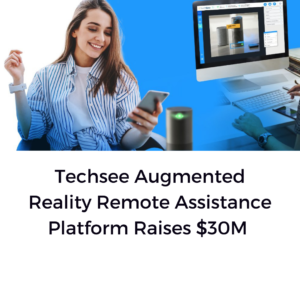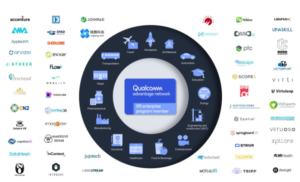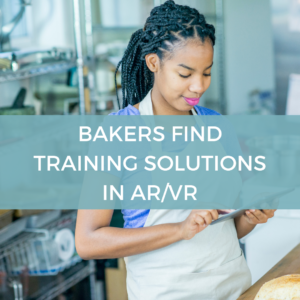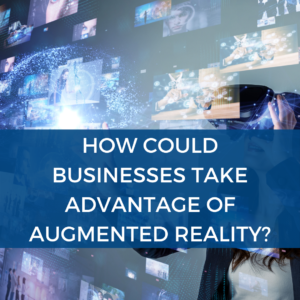Techsee Augmented Reality Remote Assistance Platform Raises $30M In Funding

The company is also innovating in the field of machine learning and artificial intelligence, using computer vision to identify common components and issues with operating and troubleshooting networking devices, smart home products, home appliances and more. TechSee’s AI platform will soon be able to identify parts such as ports, LED indicators and more to detect issues and suggest fixes for customers, contact agents and field technicians.
“There has been a significant increase in demand for contactless customer service technologies propelled by COVID-19 social distancing requirements and the acceleration of digital transformation projects,” said Eitan Cohen, chief executive of TechSee. “Our visual automation technology is at the heart of it, and now that momentum is growing exponentially as businesses seek to reduce costs. Our vision is to get rid of the user manual and replace it with dynamic AR assistants.”
Cohen argues that the need for more remote solutions has become palpable in the post-COVID-19 pandemic enterprise culture for customer needs. Dispatching field service technicians and allowing them to enter customers’ homes has become less viable. As a result, more enterprise outlets are turning to remote solutions.
TechSee recently announced a commercial partnership with Verizon to address this issue by bringing visual assistance to customers. The tool uses the same technology as mentioned above.
“This new tool gives us the ability to provide the excellent service our customers deserve while minimizing the need for in-person interaction in these unprecedented times,” said Kevin Service, senior vice president of operations for Verizon. “We know how critical communication is, especially now as more and more people are working from home, engaging in distance learning and moving their family and friend interactions online.”
Additional partnerships include Vodafone Group Plc, Orange SA, Liberty Global, Accenture, Hitachi, Lavazza and others.
With AR technology, customers can be empowered to fix their own problems in ways that could have taken much longer with mere phone calls before, or even required a technician to enter the home. Although many companies have attempted to simplify their devices with manuals and proper user interfaces, it’s hard to beat having a soothing voice and a visual guide.
“Remote Visual Assistance is becoming an imperative technology for any customer-centric enterprise operating at scale,” said Alex Kayyal, partner and head of International at Salesforce Ventures. “The potential upside for the business and the customer is difficult to ignore.”
This $30 million in funding, led by OurCrowd, Salesforce Ventures and TELUS Ventures with participation from Scale Venture Partners and Planven Entrepreneur Ventures, brings the amount TechSee has raised to date to $54 million.
The startup intends to continue researching remote AR assistance technology and continue to develop its AI component detection technology and enhance its capability to automate troubleshooting for customers and technicians globally.








